

Edwin Koh
Belinda Seet


How might we enable companies to accurately and transparently report Scope 3 emissions, preserving supplier confidentiality and providing optimised data-secure decarbonization strategies?
Key challenges in ESG reporting:

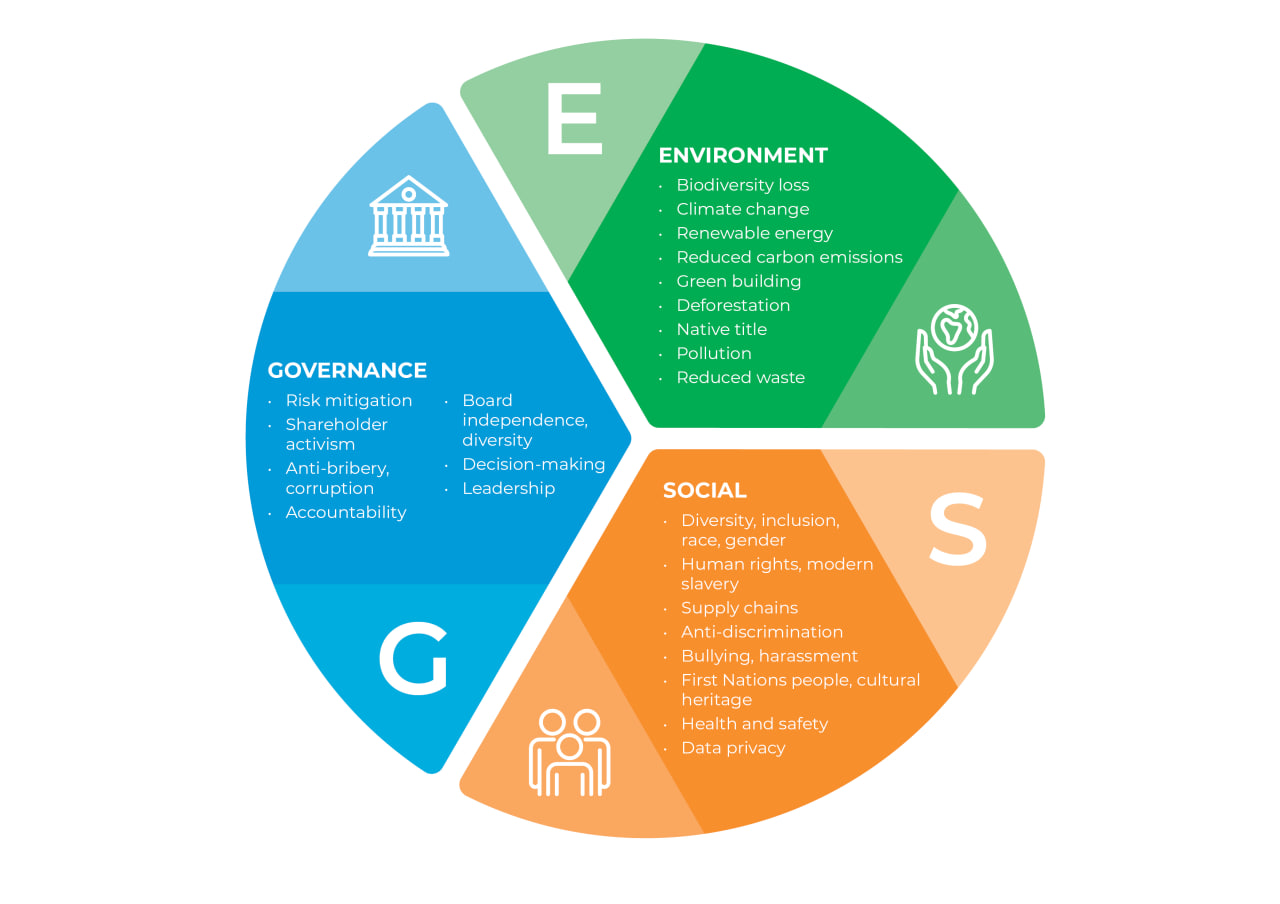
In Singapore, mandatory Environmental, Social, and Governance (ESG) reporting for Scope 1 and 2 emissions will begin for all listed companies by 2025, expanding progressively to larger companies. By 2029, reporting requirements will include Scope 3 emissions too.
Governments globally recognize that Scope 3 emissions often represent a significant portion of a company’s total greenhouse gas (GHG) footprint & play a critical role in achieving broader climate targets. Hence, there is an increasing push—via both encouragement & regulation —for corporations to disclose these indirect emissions.

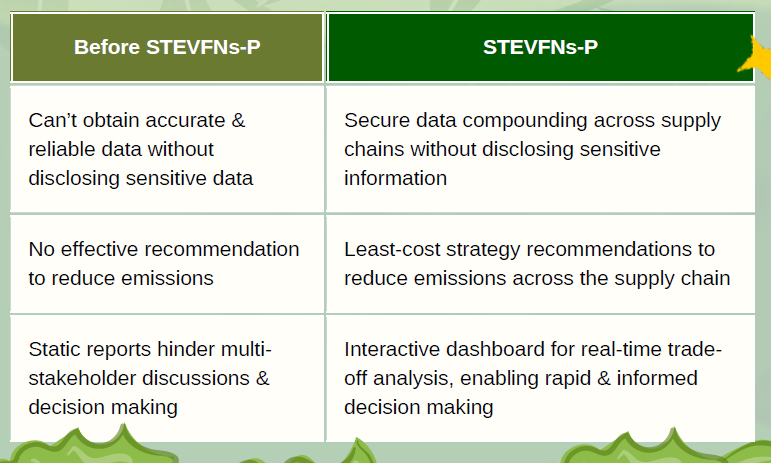
Our web application, STEVFNs-P, integrates various energy sources, managing energy flows across extensive networks and optimizing energy storage and distribution to maximize efficiency and sustainability.
STEVFNs is accessible to a broader audience, including those with limited technical expertise in energy systems. This application allows users to visually design, analyze, and optimize energy networks, facilitating a deeper understanding of energy systems and their potential for sustainability and efficiency improvements.
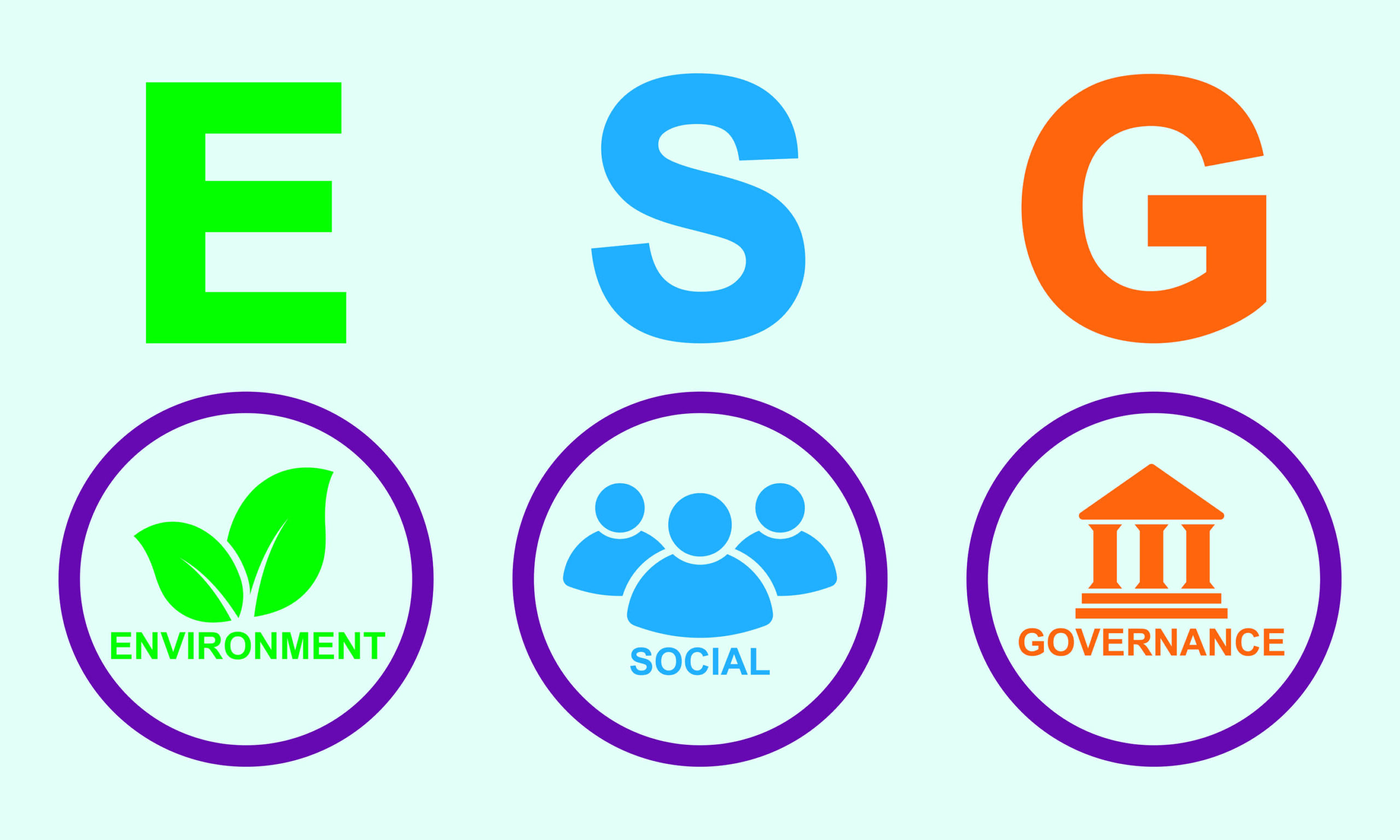
This web-application consists of three platforms. The asset modeler platform, system modeller platform, and data visualization platform. Organizations can then use these platforms in STEVFNs-P to obtain the cost-effective strategy to reduce emissions across the entire supply chain.












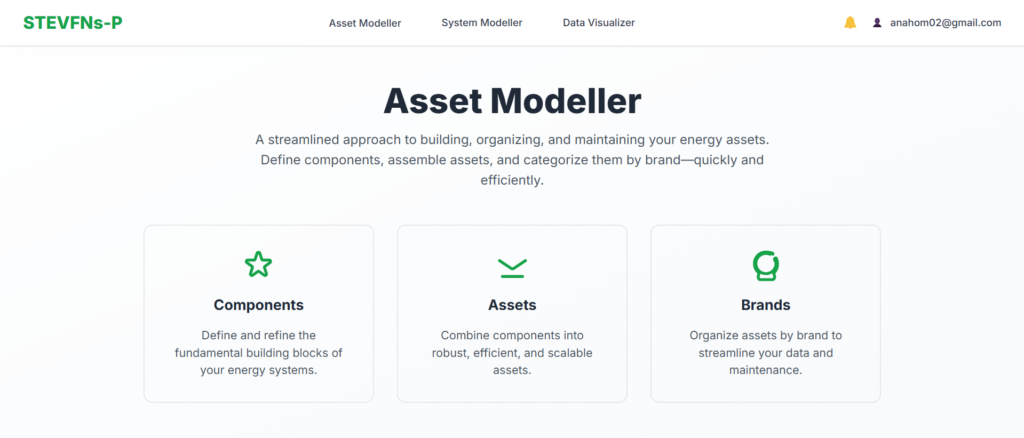
Enables organizations to precisely model their individual supply, demand & transport assets in modular segments.
This platform is grounded in the refined theoretical framework of STEVFNs-P, allowing for flexible, efficient & accurate modeling of each asset’s life cycle & environmental impact.
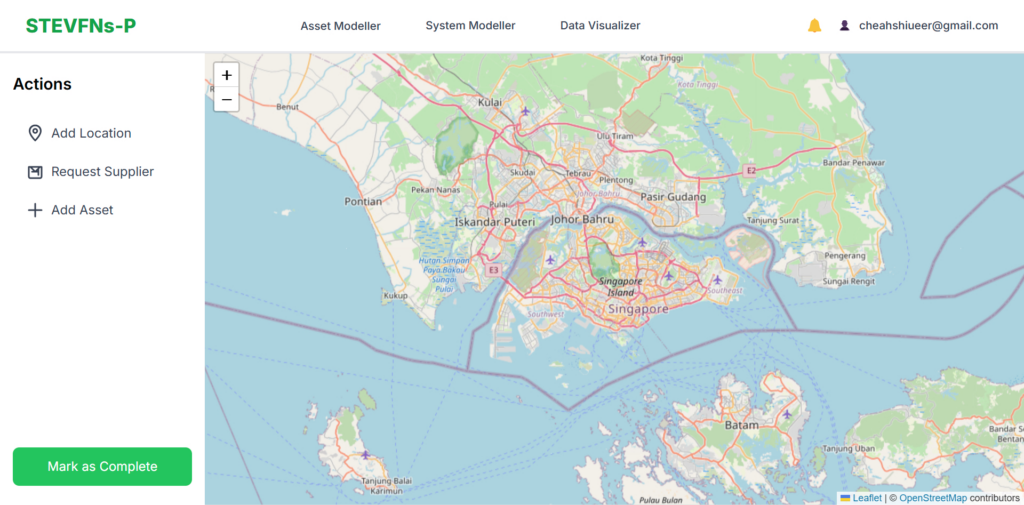
Allows organizations to visualize & optimize their entire supply chains comprehensively & securely engage their suppliers, prompting recursive modeling of each supplier’s own system.
The platform also maintains strict confidentiality, allowing organisations to ping others who play a part in their supply chain to model their systems, while assets & sensitive data from different companies remain hidden, preventing potential conflicts of interest or exposure of proprietary information.
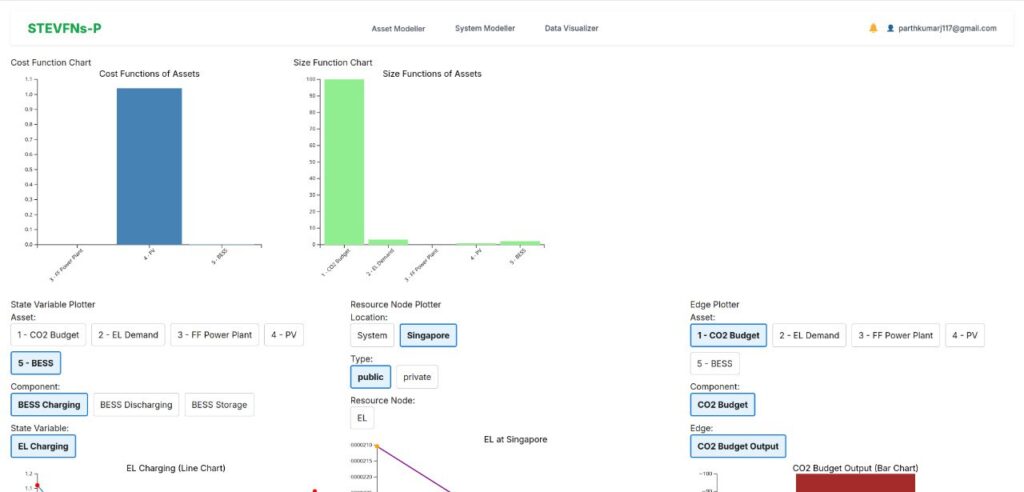 Provides interactive dashboards that dynamically visualize critical metrics such as emissions and costs.
Provides interactive dashboards that dynamically visualize critical metrics such as emissions and costs.
This intuitive & accessible interface helps organizations clearly understand their environmental impacts, track progress toward ESG targets, & identify areas for further optimization & sustainability improvement.

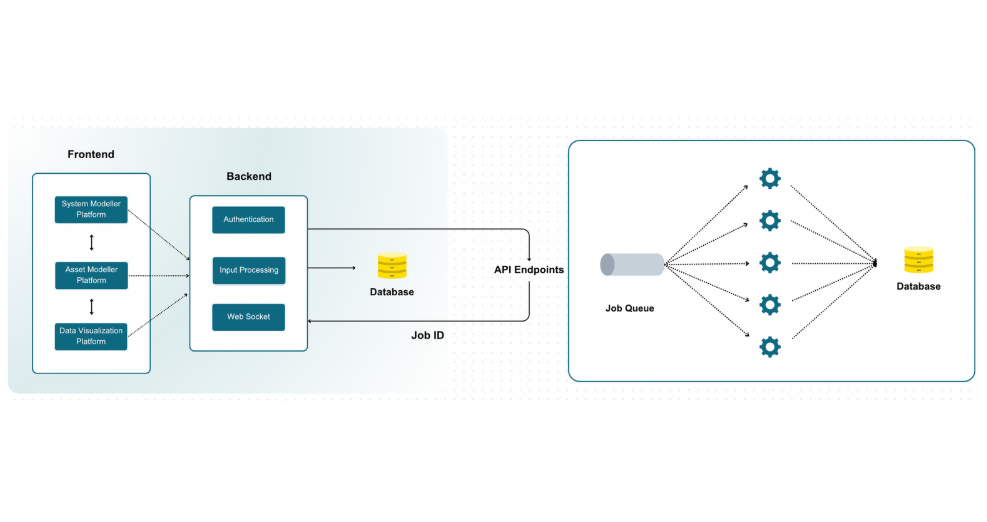
The web application is divided into two main parts: the user interface (the user-facing architecture) and the optimization back-end (the STEVFNs Microservice). The user-facing architecture consists of the modelling platforms while the back-end is responsible for finding the least cost emission pathways of the LCA. The optimization back-end formulates the input into a convex optimization problem and invokes a solver to solve the problem. It then outputs results produced on the data-visualization platform that the user can utilize to visualize.
Companies:
Lower costs, faster development, better optimization, and greater adaptability tailored to real-world energy challenges
Consumers:
Environmentally-friendly consumption supporting a sustainable future
We would like to express our deepest gratitude to Dr. Aniq Ahsan, whose groundbreaking theoretical contributions to Space-Time Energy Vector Flow Networks (STEVFNs) laid the foundation for this project. His insights and guidance have been instrumental in enhancing the theoretical aspects of our work and addressing the complex challenges of modeling energy systems.
We are also profoundly thankful to our Capstone mentors, whose expertise and support have been invaluable throughout this journey. Their constructive feedback, encouragement, and guidance in both technical and strategic areas have significantly shaped the direction and outcomes of this project.
Lastly, we extend our appreciation to SIMTech A*STAR for providing the platform and resources necessary to start our project. This project would not have been possible without the collective efforts and collaboration of everyone involved.
Vote for our project at the exhibition! Your support is vital in recognizing our creativity. Join us in celebrating innovation and contributing to our success. Thank you for being part of our journey!









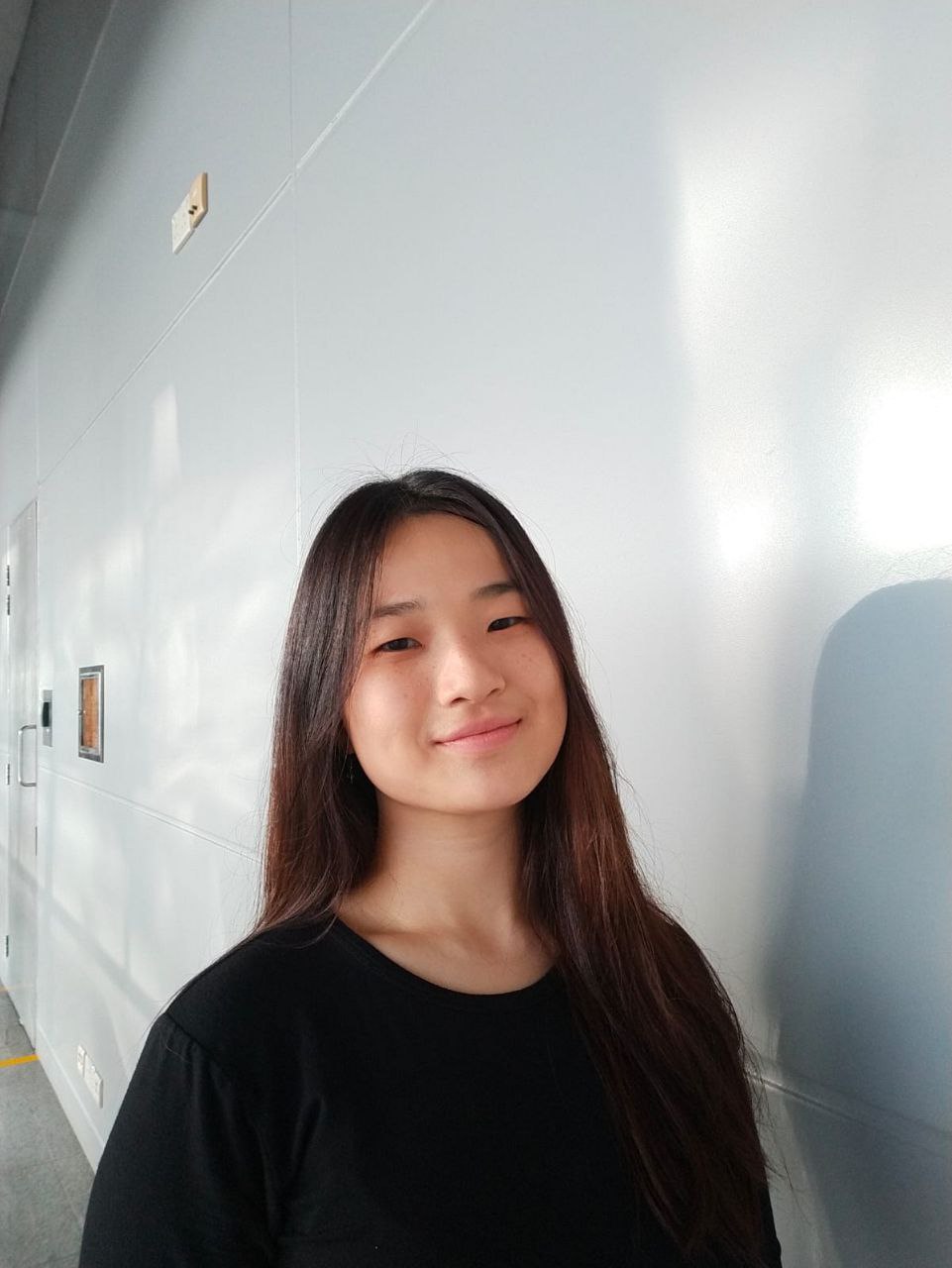
















At Singapore University of Technology and Design (SUTD), we believe that the power of design roots from the understanding of human experiences and needs, to create for innovation that enhances and transforms the way we live. This is why we develop a multi-disciplinary curriculum delivered v ia a hands-on, collaborative learning pedagogy and environment that concludes in a Capstone project.
The Capstone project is a collaboration between companies and senior-year students. Students of different majors come together to work in teams and contribute their technology and design expertise to solve real-world challenges faced by companies. The Capstone project will culminate with a design showcase, unveiling the innovative solutions from the graduating cohort.
The Capstone Design Showcase is held annually to celebrate the success of our graduating students and their enthralling multi-disciplinary projects they have developed.